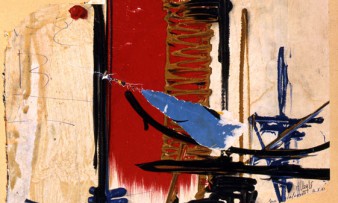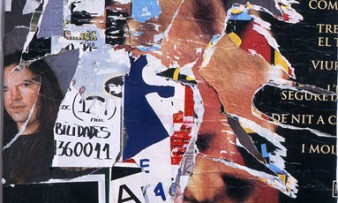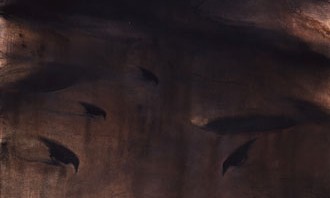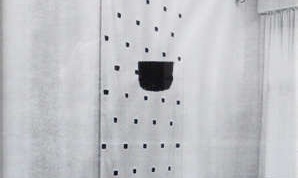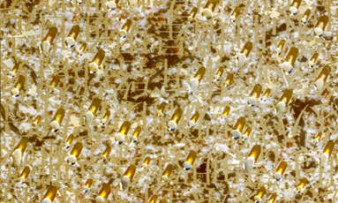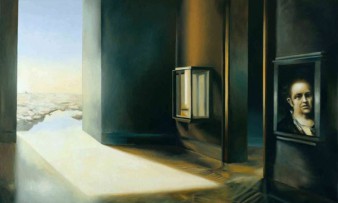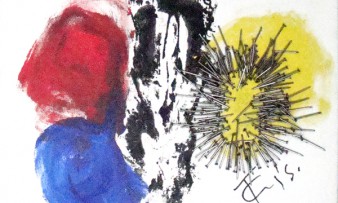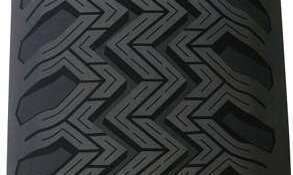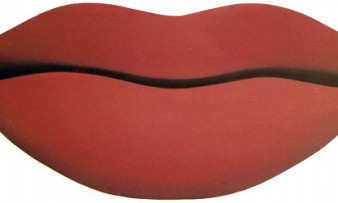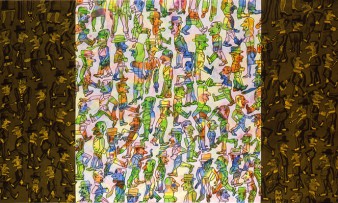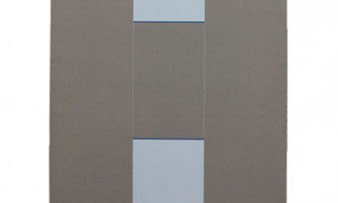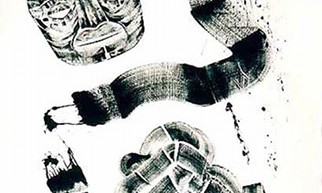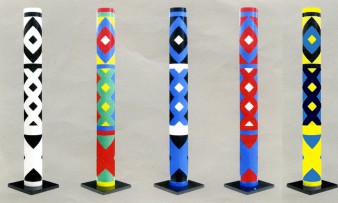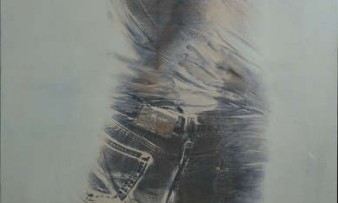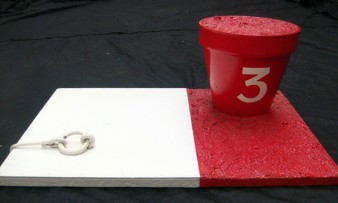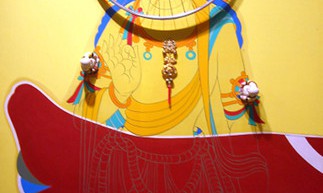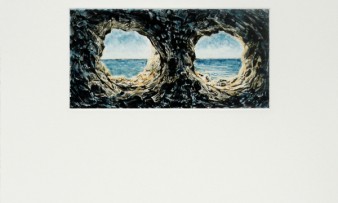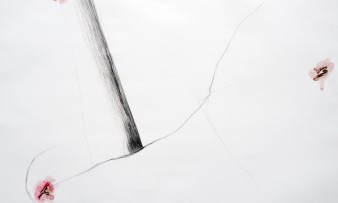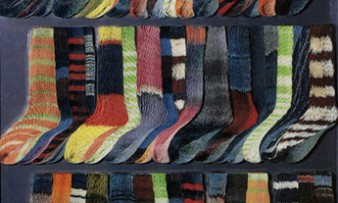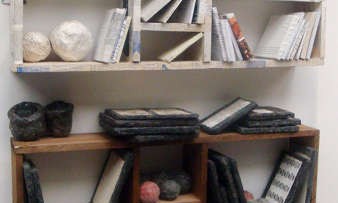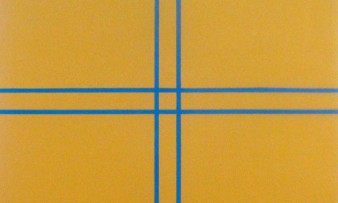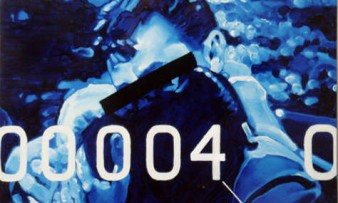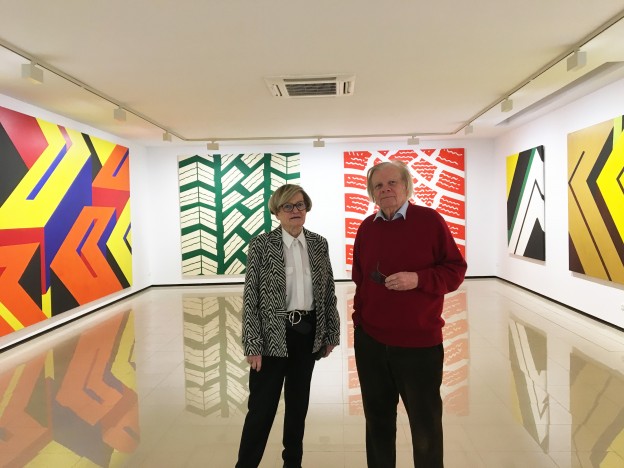A selection from the general collection and a journey through Peter Stämpfli’s career welcome this new phase
The Stämpfli Foundation christens its new facilities with a fresh selection from its collection and an exhibition of 25 works by Peter Stämpfli, the Swiss artist who, along with his wife, Anna Maria, has carried out the ambitious project of opening a contemporary art museum in Sitges. With its expansion, the Stämpfli Foundation now boasts a surface area of 800 square meters, five hundred more than it had when it was inaugurated in April 2011.
The expansion of these facilities finalizes the project started by Peter and Anna Maria Stämpfli, who in November 2006, created the Stämpfli Foundation with the intention of bringing together a collection of prestigious international artists, many of whom were generational peers of Peter himself. More than twelve years later, the Stämpfli Foundation gathers together 130 artworks by over sixty artists of twenty different nationalities which have been bequeathed to the town of Sitges by the Stämpflis. All of these works have been freely donated by the artists, their heirs or gallery owners who had them in their collections, responding to the invitation made by Peter-known as Pere in Sitges- and Anna Maria.
The expansion of the facilities consisted of the incorporation of an entire building at number 5 on the street called Carrer d’en Bosc 5 – dating back to 1890 and known as Can Serramalera- which has been renovated from top to bottom, while preserving the façades, which are part of the Sitges Heritage Catalog. This operation, directed by the architects Josep Maria Coll and Eugeni Bernat, has meant an increase of 800 square meters, resulting in three more exhibition rooms, a reserve collection room, another for bibliographic documentation, terraces (for cultural events) and an auditorium managed by the Sitgetan Studies Group – located in the Pere Stämpfli Cultural Space-, which can also be used for Foundation activities.
The construction work, carried out by the Foundation itself, has lasted eighteen months and has been remarkably complex, as it required gaining underground space (where the reserve collection room has been installed); preserving and consolidating the facades and their patrimonial elements; recovering and adapting the terrace spaces, and facilitating the connection with the adjoining buildings of the former Fish Market and Can Mec, where the rest of the Foundation’s rooms and facilities are. The operation made use of the most modern technology to move large-scale works; for example a mechanical elevator that has been integrated into the new rooms and that made it possible to facilitate the access of six meter long works by Peter Stämpfli.
The Stämpfli Foundation’s 800 square meters are distributed among three buildings all connected to each other. The expansion has made it possible to create a circuit to visit the six exhibition rooms and the rest of accessible spaces. Access has been maintained at City Hall Square, the same place has always been, where you will find the front desk and access to the first room.
New exhibitions
With the inauguration of the expanded facilities, the Stämpfli Foundation is opening two exhibitions with works from its collections. On the one hand, it will be exhibiting a selection from its permanent collection, with 34 works by different artists. Among them there is a new piece added to the collection: Ebrar (1974), by Michel Tyszblat. These pieces occupy rooms 1, 2 and 3 of the facilities.
On the other hand, rooms A, B and C contain a complete selection of Peter Stämpfli’s work, part of which had never been seen before in Spain. There are 29 works by the Swiss artist, most of which have arrived over the past few weeks from France, and which allow us to get a painstaking picture of his career spanning almost 60 years. Room A shows Stämpfli’s pop years, with figurative representations of everyday objects and elements. Room B is dominated by the omnipresent image of the tire and its geometry, which has marked his career, while room C presents pieces from over the last thirty years, all featuring color and abstraction.
